
阿富汗石:特性、含义、价值及其他
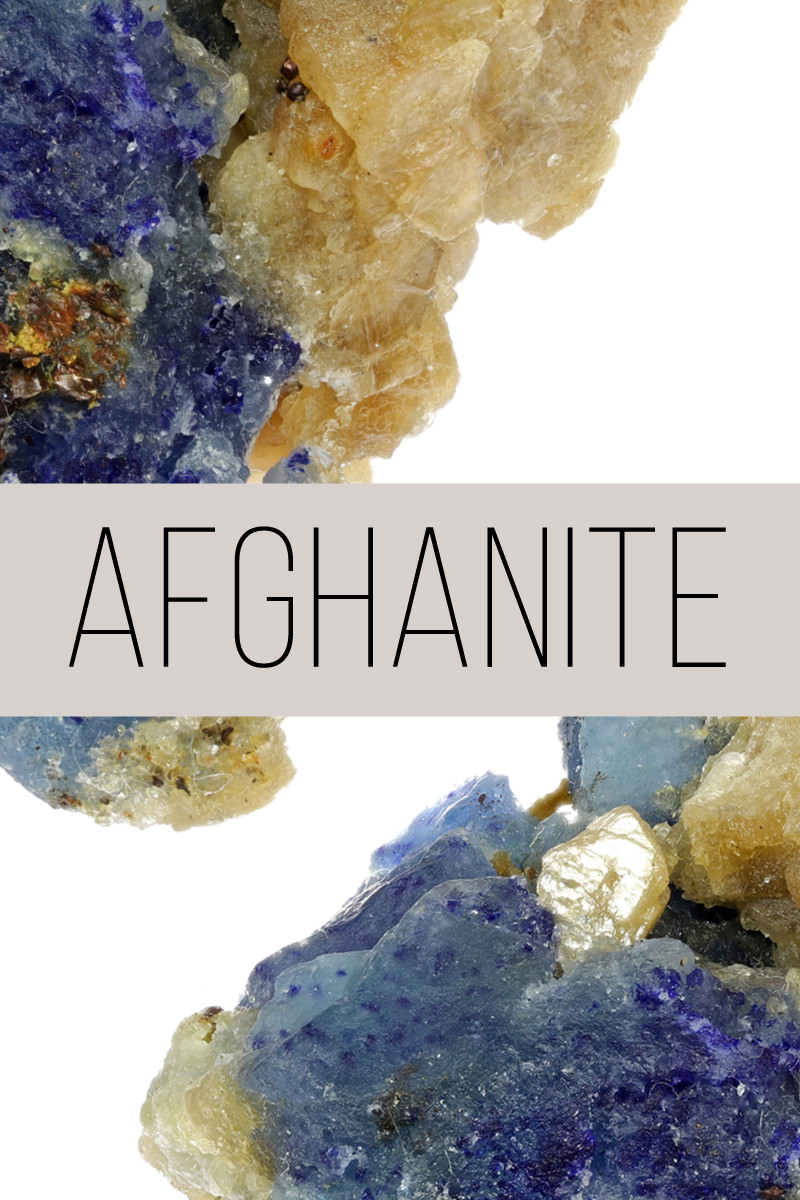 阿富汗石是一种非常复杂的宝石,它的历史充满了神秘色彩!
阿富汗石是一种非常复杂的宝石,它的历史充满了神秘色彩!
阿富汗石通常呈现从浅蓝到深蓝的鲜艳色调,有时也呈无色。这种宝石含有大量内含物,常与青金石和方钠石伴生。
阿富汗石稀有吗?它非常稀有——仅在世界少数几个地方才能找到。阿富汗石的稀有性和美丽使其成为备受追捧的收藏宝石。
想了解更多关于这种稀有而神秘的宝石的信息吗?继续阅读,了解阿富汗石的特性、价值、用途、产地等等!

什么是阿富汗石?
阿富汗语得名于它的发现地——阿富汗!
这种半宝石以其深邃的蓝色而闻名,类似于蓝玛瑙和青金石。与大多数蓝色宝石一样,阿富汗石也与水元素相关。
阿富汗石并非官方认可的星座石或星宿石,但人们认为它与占星学中的天蝎座相契合。它蕴含的平和能量,能在天蝎座热情似火时,为他们带来平静。
接下来,让我们一起来看一下阿富汗石的矿物数据!
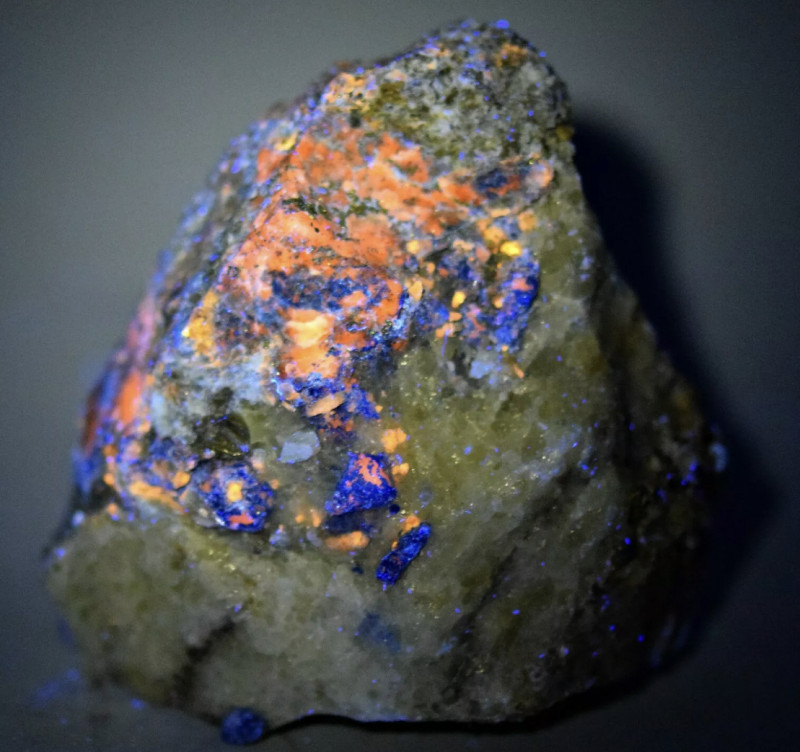
阿富汗石规格及特性
阿富汗石是方钠石族的一种似长石矿物,通常与方钠石族矿物(青金石或方钠石)共生。石头上常常点缀着耀眼的蓝色青金石包裹体。
这种矿物往往以长条状或棱柱状晶体(呈锥状)、小板状晶体(呈块状)或石灰岩上的颗粒状结壳的形式形成。
以下是阿富汗石晶体特性的概述:
化学式:(Na,Ca,K)12-(Si,Al)16O34(Cl,SO4,CO3)4.H2O
矿物族:方钠石族
成分:硅酸盐
莫氏硬度:5.5至6
颜色:白色、各种蓝色,或非常浅,几乎无色
晶体结构:三方晶系
光泽:玻璃光泽
透明度:从透明到不透明
折射率:1.52至1.53
双折射率:0.006
密度:2.55 至 2.65
乳沟:完美,单向 [1010]
骨折线:贝壳状至不规则状
条纹:白色
发光特性:荧光(长波紫外光下呈黄色,中波紫外光下呈橙红色,短波紫外光下呈橙色)
那么阿富汗语是怎么来的呢?

阿富汗语的含义与历史
阿富汗石由R. Giraud、F. Cesbron和P. Bariand于1968年发现。他们以发现地阿富汗的名字命名了这种宝石。这种矿物确切的产地可以追溯到阿富汗东北部的巴达赫尚地区。
巴达赫尚是世界上最贫穷、最偏远的地区之一,坐落在兴都库什山脉中,与塔吉克斯坦和巴基斯坦接壤。
该地区唯一引以为傲的特产是青金石的开采,这种美丽的蓝色宝石深受古埃及和古罗马文明的喜爱。阿富汗石最初是在该地区的一座青金石矿中发现的,但此后在世界其他地方也发现了它与其他蓝色矿物(如方钠石)共生的现象。
由于阿富汗石的发现时间较近,人们对它的了解仍然有限。自50多年前出土以来,它几乎没有留下任何民间传说。
许多人认为阿富汗的标本实际上是重新发现的。他们声称,阿富汗石最初于一个多世纪前,大约在1910年左右,在意大利南部维苏威火山地区被采集到,当时被命名为“natrodavyne”。然而,据称它后来下落不明,直到最近才在阿富汗被重新鉴定出来。
接下来,我们来探讨一下阿富汗石的形而上学特性如何能促进您的健康!

阿富汗人的疗愈功效
每种宝石都具有独特的特性,使我们能够将它们用作疗愈石。它们可以帮助平衡和促进您的精神、情感和身体健康。
阿富汗石也不例外。它的振动和能量有助于增强你的身体健康,舒缓负面情绪,平衡脉轮,并将好运带入你的空间。
物理治疗
那么阿富汗石有什么用途呢?这种矿物可以减轻(甚至消除)某些类型的疼痛,特别是身体上部的疼痛,例如头痛或偏头痛。
据说阿富汗香料能对认知能力产生积极影响,帮助人们思路更清晰。此外,它还能通过舒缓情绪、改善睡眠来帮助失眠患者。
情绪疗愈
阿富汗石晶体对情绪健康也有类似的益处——它能平静你的能量,让你思路清晰。人们相信它能帮助你消化和处理信息,也能帮助你更清晰地应对困境。
下次当你面临人生十字路口时,不妨将一块阿富汗石晶体握在掌心。阿富汗石或许能为你指引正确的方向。
脉轮疗愈
有些水晶可以用作脉轮石,用来开启、激活或净化脉轮。脉轮是位于人体中心的几个能量中心。
阿富汗石利用其能量和振动来平衡眉心轮和顶轮。
阿富汗石通过刺激顶轮,使你能够更清晰、更批判性地思考。它能让你保持敏锐,增强直觉。
阿富汗石能唤醒你的灵性能力,从而支持你的第三眼。这会让你更容易接收来自灵性导师和天界存有的信息。
平衡能量
在风水中,即通过布置空间来平衡能量的中国古代实践中,阿富汗水晶的含义与水有关。
据说在前门附近的水源旁放置阿富汗石可以招财纳福。喷泉的大小并不重要,但关键是水流要向内(朝向室内)而不是向外。
既然你已经了解了阿富汗石的形而上学疗愈能力,那么让我们来看看它的物理特性在价值方面表现如何吧!
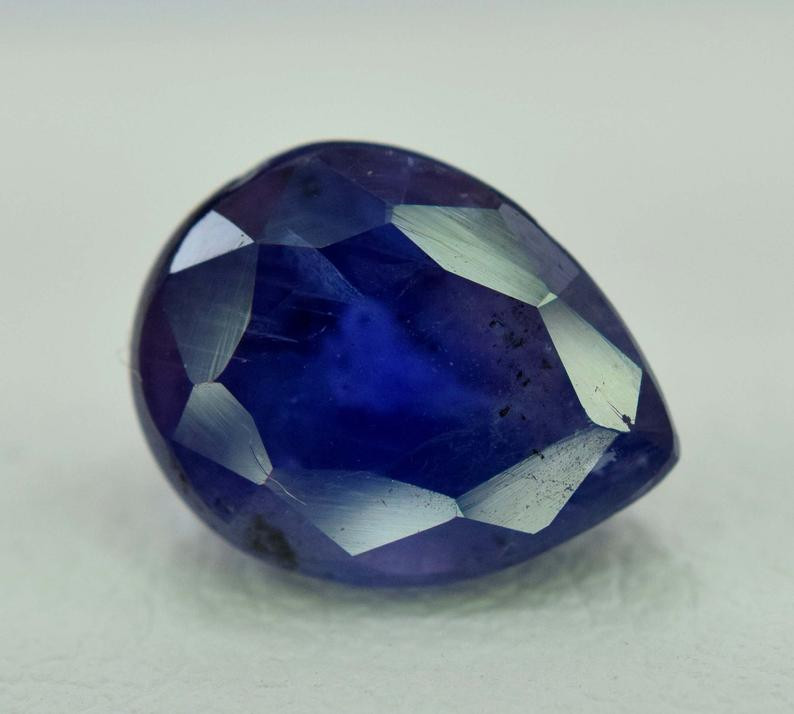
阿富汗石宝石的特性
与大多数宝石一样,阿富汗石的价值源于颜色、切工、净度和重量等标准属性。
以下是选购阿富汗石制品时需要注意的事项:
颜色
阿富汗石呈现出丰富的蓝色色调——从浅蓝到深蓝,从柔和的粉彩到鲜艳的亮蓝色,甚至还有完全无色的。它的蓝色与青金石的蓝色非常相似,这主要是因为阿富汗石与青金石的主要成分——天青石——的化学式相近。两者都属于极其庞大的构造硅酸盐矿物族。
切
阿富汗石宝石的切割方式多种多样,从传统的刻面切割到珠子、 凸面宝石和独特的雕刻,不一而足。最常见的雕刻形状是阿富汗石球体、金字塔和掌石(用于冥想)。
未经加工的阿富汗石几乎无法获得,优质的晶体更是稀少。
明晰
阿富汗石通常含有不同深浅的蓝色青金石包裹体。这些包裹体可以是斑点状的(类似于花岗岩中的包裹体),也可以是脉状的(类似于大理石中的包裹体)。
美国宝石学院( GIA )将阿富汗石归类为II型彩色宝石净度等级。换句话说,肉眼无瑕的净度通常是其标准。
通常来说,透明度越高,质量越高,价值也越高。
克拉重量和尺寸
宝石以克拉为单位进行分类,但未经加工的阿富汗原石通常以克为单位进行计量。
宝石级阿富汗石非常罕见;大多数标本都不到3克拉。大块的阿富汗石原石则更为罕见。任何尺寸较大的物品往往都能卖出更高的价格。
阿富汗石究竟是由什么制成的呢?让我们一探究竟!

阿富汗的形成与来源
阿富汗石是方钠石族的长石类矿物(一种类似长石的矿物)。它通常以细脉的形式出现在浮石中,刺穿青金石晶体或硅化石灰岩捕虏体(外来岩石碎片)。
阿富汗石产于哪种岩石中?这其实是一种比喻!阿富汗石诞生于造山运动带来的巨大高温高压之下。当构造板块碰撞、崩解、褶皱、堆积时,它们向上推挤,最终形成山脉。阿富汗石就产于变质岩的崩解和褶皱之间!
矿区位置
我们知道,普遍的共识是阿富汗石是在 50 多年前在阿富汗巴达赫尚省萨尔桑地区发现的——但如今情况如何呢?
自 1968 年以来,世界各地多处地点都发现了阿富汗石矿藏。除了阿富汗的巴达赫尚省之外,在以下地区也能找到阿富汗石:
加拿大(纽芬兰)
德国
意大利(托斯卡纳、坎帕尼亚和拉丁)
俄罗斯(东西伯利亚)
塔吉克斯坦(帕米尔山脉)
美国(纽约)
准备好入手一些阿富汗地毯了吗?接下来,我们将告诉您价格方面的情况。
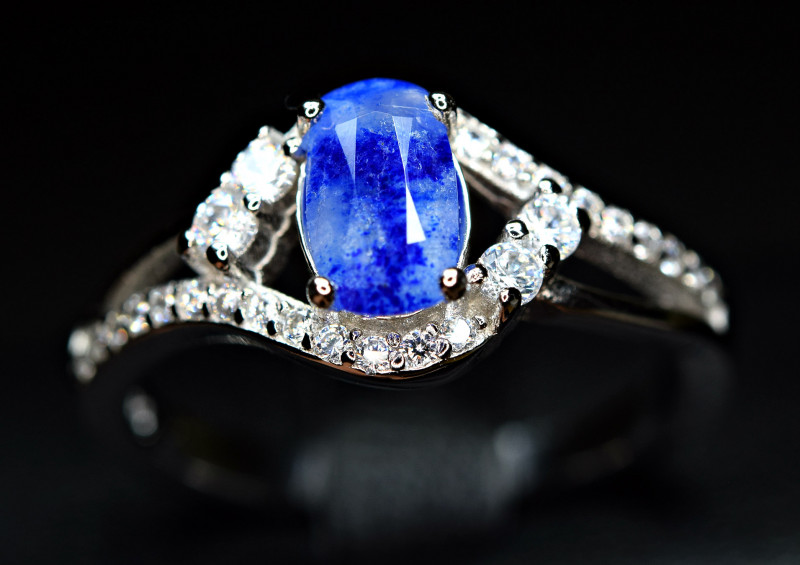
阿富汗石价格及价值
阿富汗石被视为一种稀有的收藏级矿物。因此,其宝石级品质往往比产量更丰富的同类矿物更为昂贵。
刻面阿富汗石的起价约为每克拉 125 美元至 284 美元。然而,品质上乘、荧光效果尤为独特的刻面宝石,价格可高达每克拉 1052 美元。
阿富汗石凸面宝石的价格各不相同,每克拉售价从121美元到307美元不等。雕刻品和雕塑的价格则取决于尺寸、宝石品质和设计复杂程度。较小的作品通常起价约为38美元,价格会根据尺寸和复杂程度而有所上涨。
阿富汗石是一种相对较软的石头,硬度为 5.5 至 6,最适合用于制作吊坠、耳环或带有保护性镶嵌的戒指。
款式简单的吊坠项链,品质较低的宝石价格在15美元左右,品质较高的则在40美元左右。品质较低的耳环起价约为23美元,品质较高的耳环每对起价约为68美元。
阿富汗石戒指在阿富汗石首饰中价格较高,价格从 40 美元到 1400 美元不等。
阿富汗石原石的价格很大程度上取决于内含物、荧光和尺寸。价格波动剧烈,最低可至每克拉0.19美元,最高可超过每克拉25美元。
那么,如何确保您的阿富汗宝石能够长久保存呢?让我们来谈谈宝石保养吧!
阿富汗式护理和维护
阿富汗石相当耐用,但并非坚不可摧。如果不小心,它可能会刮花、崩裂或破碎。
温热的肥皂水是清洁阿富汗石宝石的最佳选择。轻轻清洗宝石,然后用柔软的非研磨性布轻轻拍干。
避免您的阿富汗人接触:
强效化学品
香水和化妆品
超声波清洗机
蒸汽清洁器
磨蚀性矿物
温度骤变
此外,在进行易受冲击的活动时,应避免佩戴阿富汗石。为安全起见,请将阿富汗石宝石存放在柔软的布衬盒或布袋中,并与其他宝石分开存放,以防止其与较硬的矿物碰撞而造成损坏。
阿富汗人清洗
与清洁不同,净化指的是从精神层面净化你的水晶。这有助于你的宝石恢复到最初的、最强的疗愈能量,并清除它们吸收的任何负能量。你可以把它想象成给水晶的一次重置!
清洁和翻新阿富汗地毯,您可以使用以下方法之一:
用流水冲洗 2-5 分钟
用醋水浸泡5-10分钟
让它在阳光下晒一整天。
将其埋入土中过夜
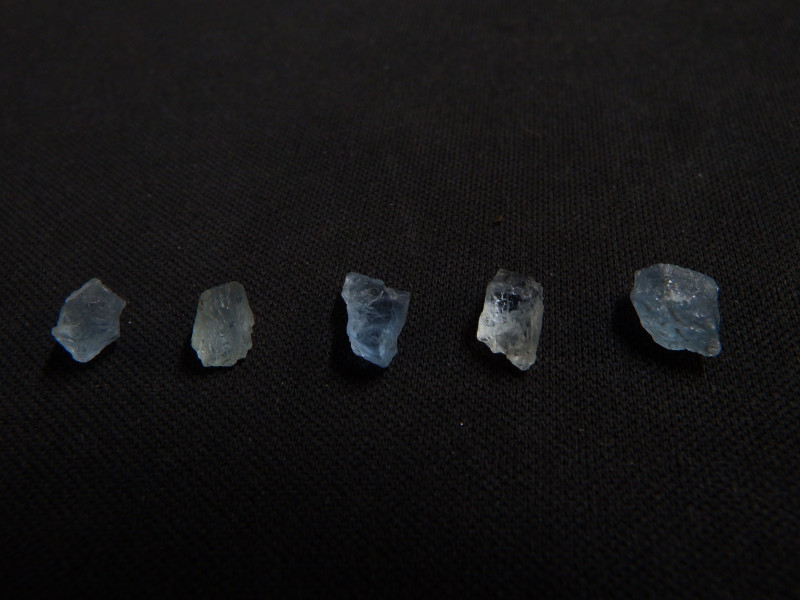
与阿富汗人一起进入蓝色世界!
尽管阿富汗石充满了神秘色彩,但也不难理解为什么这种水晶在精明的收藏家眼中如此受欢迎。
它确实能使你头脑清醒,思维焕然一新。除了其形而上的功效之外,阿富汗石引人注目的蓝色色调也一定会吸引所有人的目光。
谁能想到,忧郁的心情也能如此美好?
搜索Gemstone Encyclopedia
最新的文章
棕榈象牙雕刻,又称植物象牙,是象牙的天然替代品,取自南美洲棕榈树(Phytelephas palm)的果实,并以符合伦理的方式采集。本指南将带您全面了解棕榈象牙!
15th Jan 2026
彩虹格纹日光石是一种长石,由于内部含有各种包裹体,呈现出三种绚丽的光学效应。它绚丽多彩的光泽和格纹图案使其成为收藏家梦寐以求的珍宝!
12th Jan 2026
文章分类
How To's is where you will find helpful articles from gem Rock Auctions on how to cut gemstones, select gemstones and buy gemstones.
9文章数
